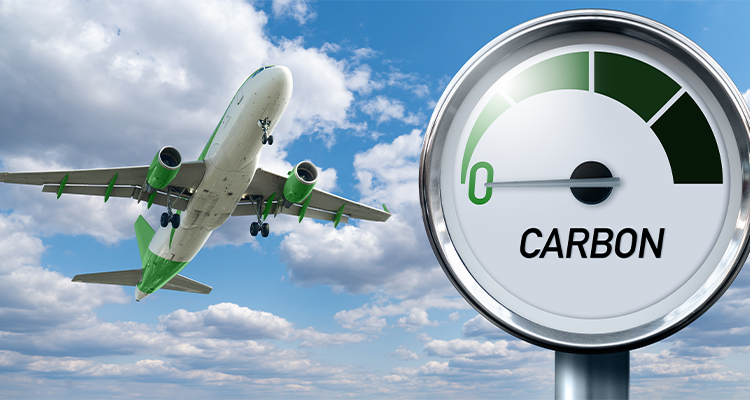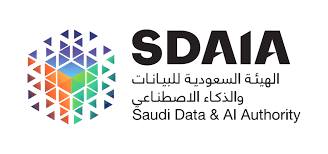Publisher: Maaal International Media Company
License: 465734
“Lufthansa”: Knowing “fingerprint” of each aircraft with AI may lead to reducing carbon emissions
The global aviation sector accounts for about 2% of energy-related carbon dioxide emissions, according to the International Energy Agency, a number that is rising as air travel rebounds after the pandemic.
Decarbonisation is something on every airline’s radar, but the sheer complexity of the industry makes the task difficult. Aviation operations involve a complex network of hundreds of interconnected elements – aircraft and airports, people and passengers – that change in real time, each triggering a chain of reactions, according to a report from the Lufthansa Group broadcast by Bloomberg.
Trying to integrate sustainability into this sector increases this complexity. However, the sheer volume of data available provides the opportunity to identify areas for sustainability improvement, and applying AI to existing data allows a new level of visibility for fleets. The mechanical and performance data of each individual aircraft is as unique as a fingerprint, and monitoring variables such as each aircraft’s maintenance schedule, passenger capacity and weight, can help set them on optimal routes, saving fuel.
اقرأ المزيد
Impact
Every A321 or B747 shares the same physical features, but no two aircraft operate exactly the same. Using AI to understand these differences is a useful tool for decarbonization efforts, helping to achieve small efficiency gains that add up when scaled across a fleet of thousands.
Under so-called “manual” conditions, only key factors can be taken into account: how many passengers can the plane carry, for example, or how far it needs to travel? But many other important factors depend on the background signal and can be measured with the help of digital technology
What is the condition and age of the aircraft engine? (Due to normal cycle life attrition, a newer aircraft is up to 30% more efficient.) How much cargo can she carry on a short-haul flight? (It generates huge profits for airlines). What is the plane’s drag force? (Believe it or not, an airplane whose exterior has been recently cleaned is 1% more fuel efficient.)
By understanding these variables, the extent of fuel combustion can be determined. Burning less fuel results in reduced emissions, while performance increases
Time is the most costly factor in any system. Aviation data sets are constantly changing, and it would take many hours for a human to analyze them. But AI can extract this analysis in just minutes, helping to replace traditional, sequential decision-making with a simultaneous look at system-level processes. All of this helps ensure that tomorrow’s pilot will fly the most efficient aircraft available for his route
Ready meals
Some in the industry are already seeing positive results. Lufthansa Group, which launched the AI program with its Swiss International Airlines subsidiary in July 2021, reported that it saved approximately 2,000 tons of jet fuel and 8,700 tons of carbon dioxide annually by leveraging based tail optimization data. That’s the equivalent of flying an A350 16 round trips from Munich to New York – all by identifying small opportunities to achieve unseen efficiencies.
Swiss Airlines represents about 15% of Lufthansa Group’s flights. Such results are scaled across the entire company, and the potential emissions and cost savings are significant. AI is just one of many digital tools that can be used to identify operational improvements. Predictive maintenance, automated slot allocation and many other innovations help contribute to lower emissions and costs.
Together, they will play an important role in helping the Lufthansa Group achieve its ambitious goal of halving net carbon emissions by 2030 (compared to the 2019 baseline) and achieving carbon neutrality by 2050.








